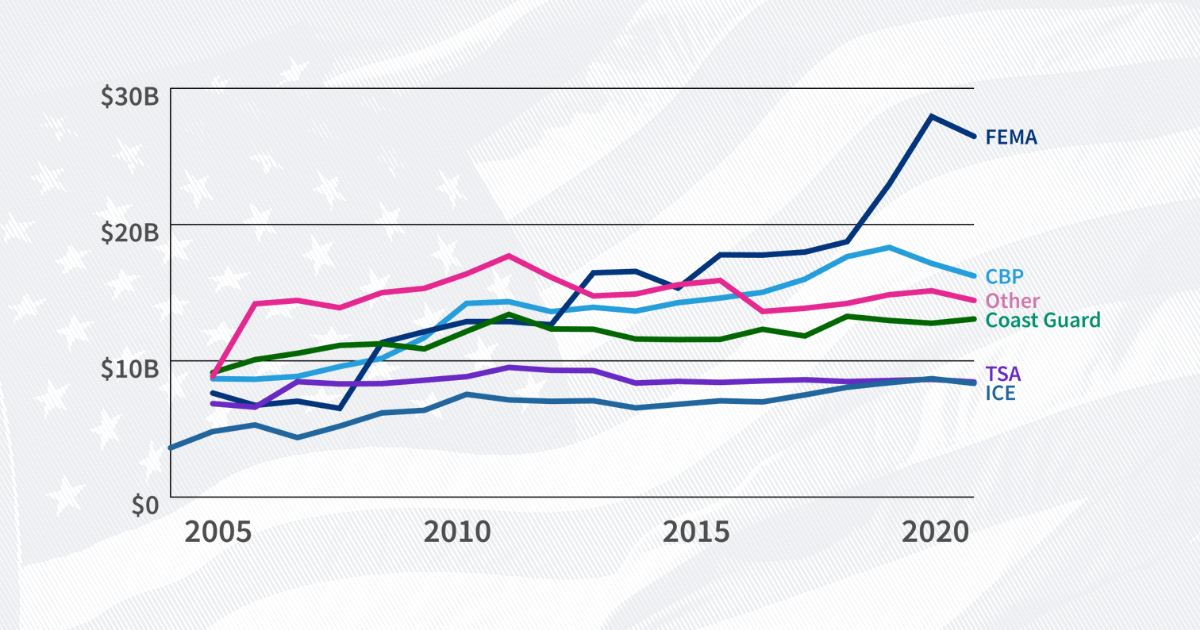Government
How does the original $1.9 trillion American Rescue Plan Act compare to the $2.2 trillion CARES Act?

Since the Supreme Court reached its current size of nine justices in 1869, an average of 89 days has passed between a vacancy appearing on the court and the confirmation of a new justice to fill that spot. Ten seats were filled on or before the date they became vacant, while Associate Justice Antonin Scalia’s former seat took more than a year to fill. President Donald Trump’s first nominee after taking office in 2017, Neil Gorsuch, was confirmed 419 days after Scalia’s death in February 2016.
If Justice Ruth Bader Ginsburg’s successor is confirmed before Nov. 3, that seat will have been vacant at most for 46 days. The median amount of time it has taken to fill 80 Supreme Court seats since 1869 is 50.5 days.
The number of days between a seat becoming vacant – either the day a justice steps down or dies – and the Senate confirms the successor has varied widely throughout US history. A seat remained empty for 835 days, between April 21, 1844 to August 3, 1846, when President James Polk’s pick Robert Grier joined the Supreme Court.
Another way to look at how long it takes to fill a Supreme Court seat is the number of days between a presidential nomination and a Senate confirmation vote. Since 1869, the average number of days between nomination and a confirmation vote, regardless of the results, is 32 days. Coney Barrett was formally nominated on Oct. 12, 22 days before Election Day.
Of the 99 Supreme Court nominations since 1869, 88 were put up to a Senate vote. In seven of the votes, the Senate rejected the nominee. One nominee declined a seat after being confirmed. While six of the nominees were successfully confirmed the same day as their nomination, the lengthiest period from nomination to confirmation process was that of Louis Brandeis, who was confirmed 125 days after being nominated by President Woodrow Wilson.
Article III of the Constitution outlines judicial power, stating: “The judicial power of the United States, shall be vested in one Supreme Court, and in such inferior courts as the Congress may from time to time ordain and establish.”
The Constitution also states that judges “both of the supreme and inferior courts, shall hold their offices during good behaviour.” Essentially, that means federal judges are appointed to lifetime terms after the president appoints the nominee and the Senate confirms the nominee. There are no qualifications outlined in the Constitution about who may be seated on the Supreme Court.
Learn more from USAFacts and get the data directly in your inbox by signing up for our newsletter.
Government
Government
Government
Government
Newsletter
Keep up with the latest data and most popular content.


